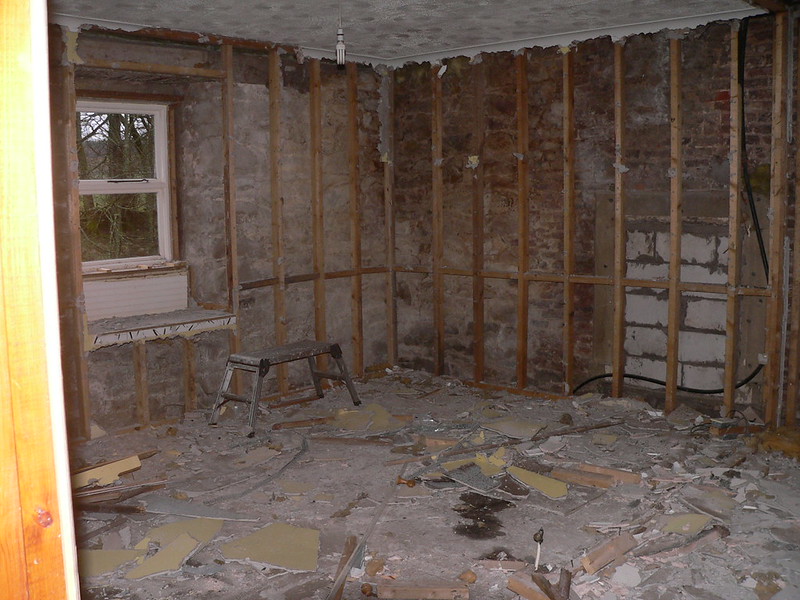transatlantic
Boom!
My house loses heat quickly and so am looking into what I can do about it during the summer ready for next winter. I know that my loft insualtion isn't great and is under the recommened 270mm, so I'm going to get that sorted for sure. It's cheap, easy to do, and can be removed if it causes issues. However, I have a feeling that the issue is more to do with the walls, as they're always stone cold to the touch. The non outward facing walls (i.e those between my neighbour, and between rooms) aren't nearly as cold.
From what I gather there are a number of different cavity wall insulation methods, as well as exterior methods. I'm wondering if anyone has had anything done and what the outcome was? Did it help? .. did it have any side effects?
I can't quite decide what to do. Do I risk having it done and it potentially going wrong, causing damp etc, or is it not worth the risk and I should just suck it up and pay the extra heating costs?
There is a lot of negativity towards cavity wall insulation on the interent, but they're often old stories. I'm hoping things must have improved since then with the technology.
From what I gather there are a number of different cavity wall insulation methods, as well as exterior methods. I'm wondering if anyone has had anything done and what the outcome was? Did it help? .. did it have any side effects?
I can't quite decide what to do. Do I risk having it done and it potentially going wrong, causing damp etc, or is it not worth the risk and I should just suck it up and pay the extra heating costs?
There is a lot of negativity towards cavity wall insulation on the interent, but they're often old stories. I'm hoping things must have improved since then with the technology.


































